Senior Care Blog – Sharing helpful resources, lifestyle and more!
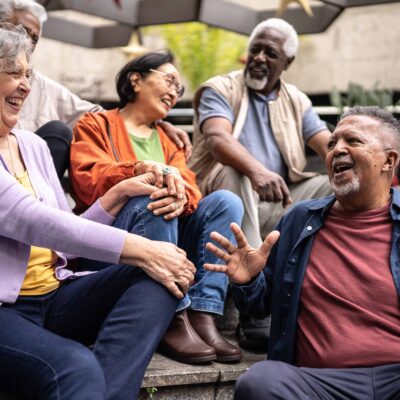
Senior Living Benefits: 5 Reasons Why Retirement Communities Boost Senior Health & Happiness
If you’re approaching retirement and have always dreamed of aging independently in your home, you’re in good company. After all, the thought of uprooting your entire life and moving into a new environment at this late stage is incredibly daunting. Saying goodbye to neighbors, disrupting your routines, putting everything into boxes… why go through all […]
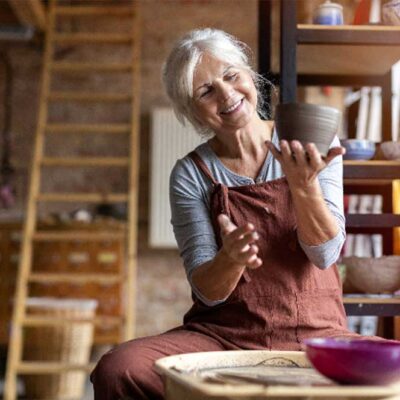
Retire with Purpose: 7 Hobbies for a Healthy Heart
You did it! You’ve spent your entire life working towards retirement, and you finally crossed the finish line. Kick off those work shoes and pop the champagne. The golden years have arrived! As you stand at this exciting juncture, the impending question of “Now what?” might be starting to whisper in your ear. Should I […]
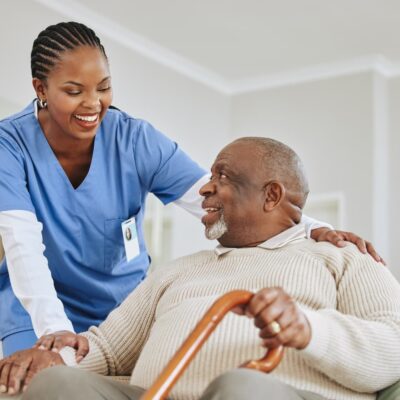
Senior Healthcare: 6 Key Reasons to Consider Skilled Nursing
Are you struggling to determine how to care for your parent while they recover from injury or surgery? Skilled nursing is one of the best solutions for older adults needing increased attention after a hospital stay. While enjoying a home-like environment, they’ll benefit from a wide range of hospital-grade services, including wound care, medication management, […]
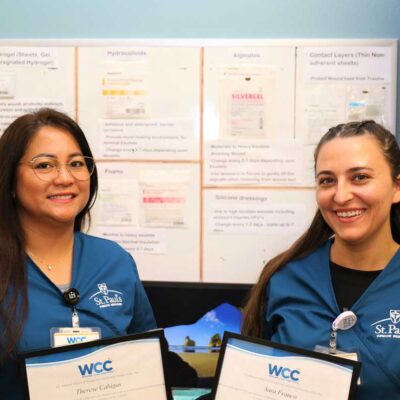
Empowering Others: How Two Nurses are Teaching the Latest Wound Care Techniques
In the realm of nursing, empowerment holds the key to transformation. It is the spark that ignites the flames of confidence, knowledge, and compassion within each caregiver. Nurses embrace the responsibility to empower the ones they serve, providing them with the tools and support to take control of their own well-being. However, equally important […]
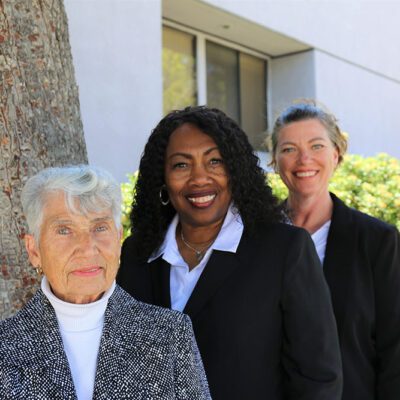
Revolutionizing Senior Care: St. Paul’s Senior Services’ Vision for Best-in-Class Care
St. Paul’s Seniors Services (SPSS) is embarking on a transformational journey to elevate clinical practices. The result will be “best in class” care for seniors at all of St. Paul’s communities and programs, including St. Paul’s Program of All-inclusive Care for the Elderly (PACE), which combines care for over 1,300 seniors with skilled medical conditions. […]
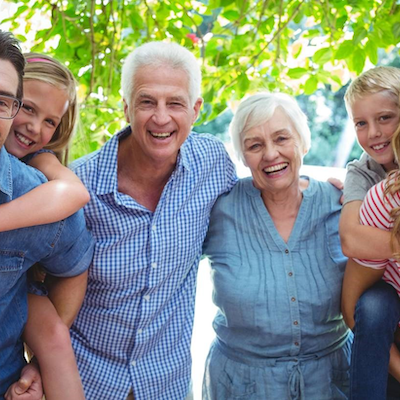
Retirement Communities: Tips for Choosing the Right One for Your Loved Ones
Insights from a Retirement Community Sales Rep The search for the right retirement community can be a daunting task. Most people find themselves thrust into this situation because of an emergency they experienced with a senior. Exploring these uncharted territories can be overwhelming, but fear not, as we have a few helpful tips to help. […]
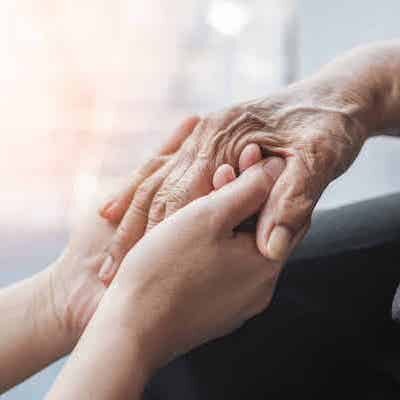
How Promoting Within Gave Me a Career I Love
When an acquaintance asks me what I do for a living, I’m proud to say I work for St. Paul’s Senior Services, a non-profit company that serves San Diego seniors. More often than not, their next assumption is that I’m a CNA and I correct them with a self-deprecating scoff and shake of my head. […]
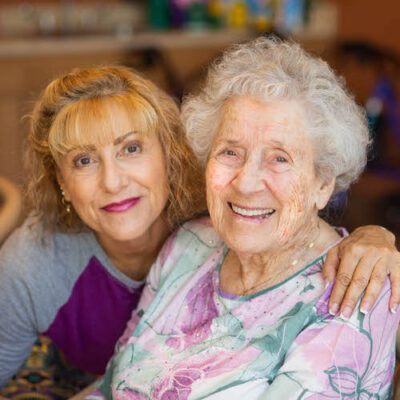
Reflections – Memory Care Program Reimagined
What is Memory Care? Memory care provides specialized care for people with memory impairments like dementia, Alzheimer’s disease, or some condition of cognitive impairment. Memory care communities offer a safe and uniquely designed environment for those seeking 24-hour care for mom or dad with a focus on improving quality of life. The overall goal of […]
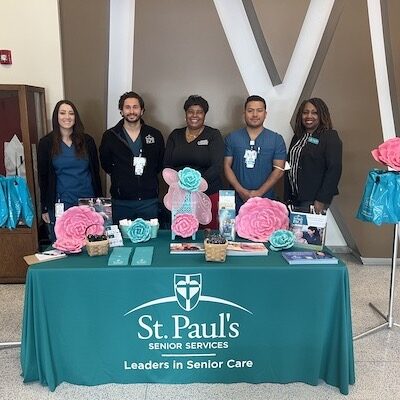
Elevating Senior Care through Innovative Community Partnerships
San Diego City College Nursing Education Program and St. Paul’s Senior Services As the leaders in senior care, St. Paul’s Senior Services (SPSS) continues to make strides in discovering the most effective ways to not only enhance the delivery of exceptional care from their staff, but also develop the future front-line workers of tomorrow. Community […]
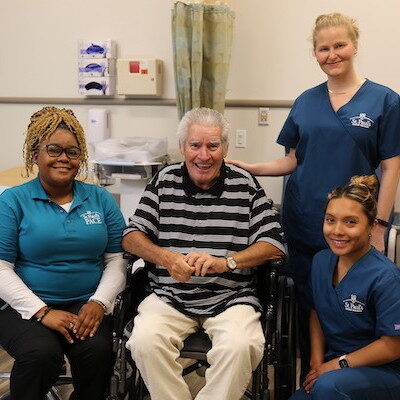
The St. Paul’s PACE Difference
What Sets Us Apart St. Paul’s Senior Services isn’t referred to as the leaders in senior care for nothing. Since its inception in 1960, St. Paul’s has never skipped a beat in its ambitions. St. Paul’s prides itself in its everlasting commitment to helping seniors lead enriched lives by serving their spiritual, physical, and social […]
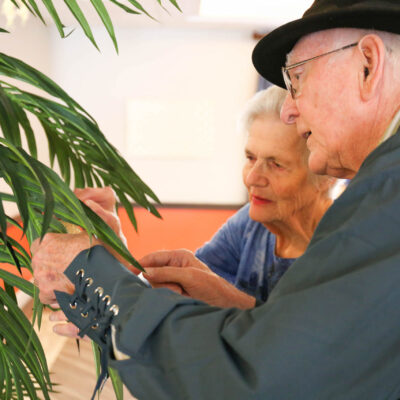
Dementia Care at Home: How to Connect and Engage
St. Paul’s Senior Services knows how difficult it can be to care for a loved one with dementia at home. It takes creativity, patience and understanding of each individual and their unique experience. To provide some expert help and tips, we sat down with Andrea Rojas, St. Paul’s Plaza Reflections Memory Care Activity Coordinator, who […]
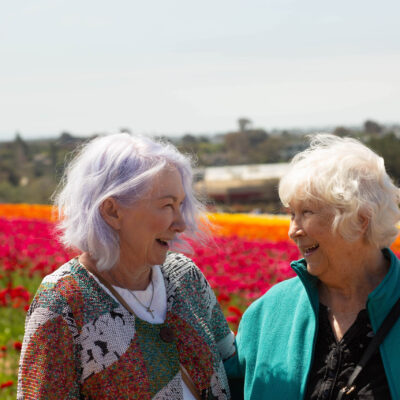
Fun Activities for Seniors in San Diego this Summer
San Diego is a beautiful southern California city with 70 miles of coastline, fun activities, perfect weather and many attractions. Now that the state is opening up, San Diego has a lot to offer seniors at any activity level. Whether you’re seeking fun, independent afternoon activities, learning opportunities or looking to explore with family, San […]
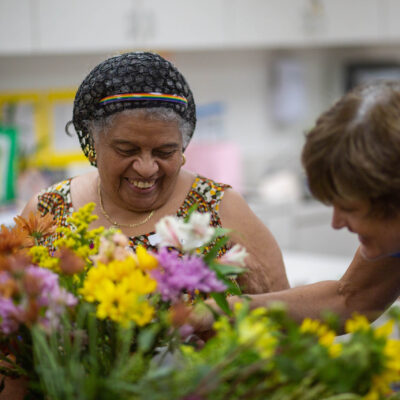
6 Health Benefits of Gardening for Seniors
By Amelia Hoffbauer You’ve got to get down in the dirt to truly experience cleaner, healthier living. Finding it tough to exercise? Gardening provides many of the same health benefits for seniors as working out. It’s also good for our mental health. Here are six perks of gardening for seniors who want to stay young. […]
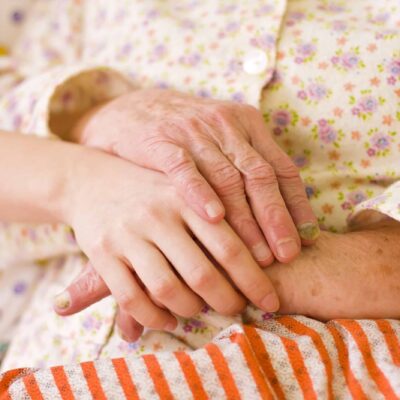
Hospice vs. Palliative Care: What are the Differences?
The term ‘hospice’ scares a lot of people when they hear the word. I understand, one of the reasons I started working for hospice is because my grandfather passed away when I was a little girl, and our family utilized hospice services.
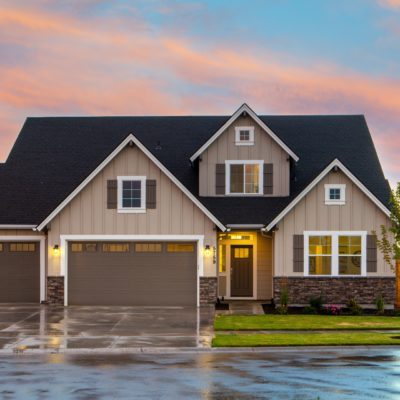
What Seniors Should Know About Downsizing and Selling A Home
There are many options available to help families and seniors with moving and downsizing.